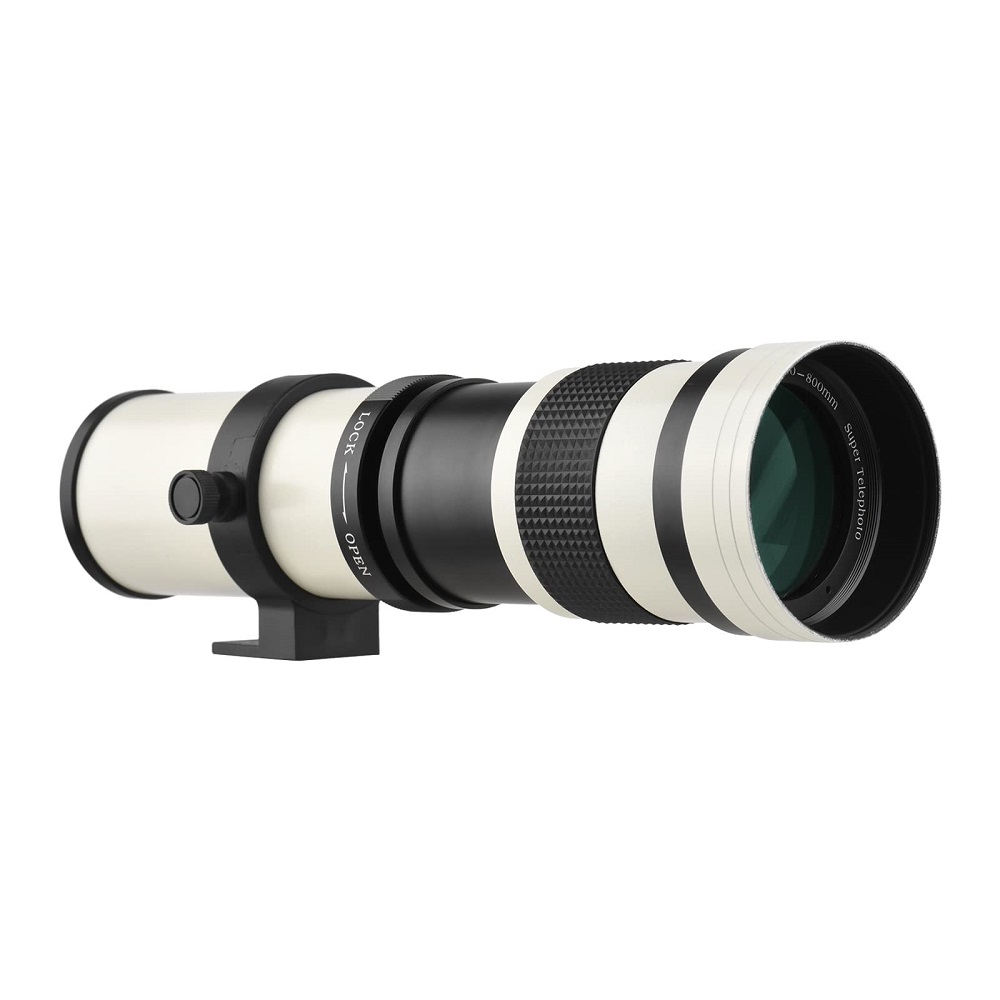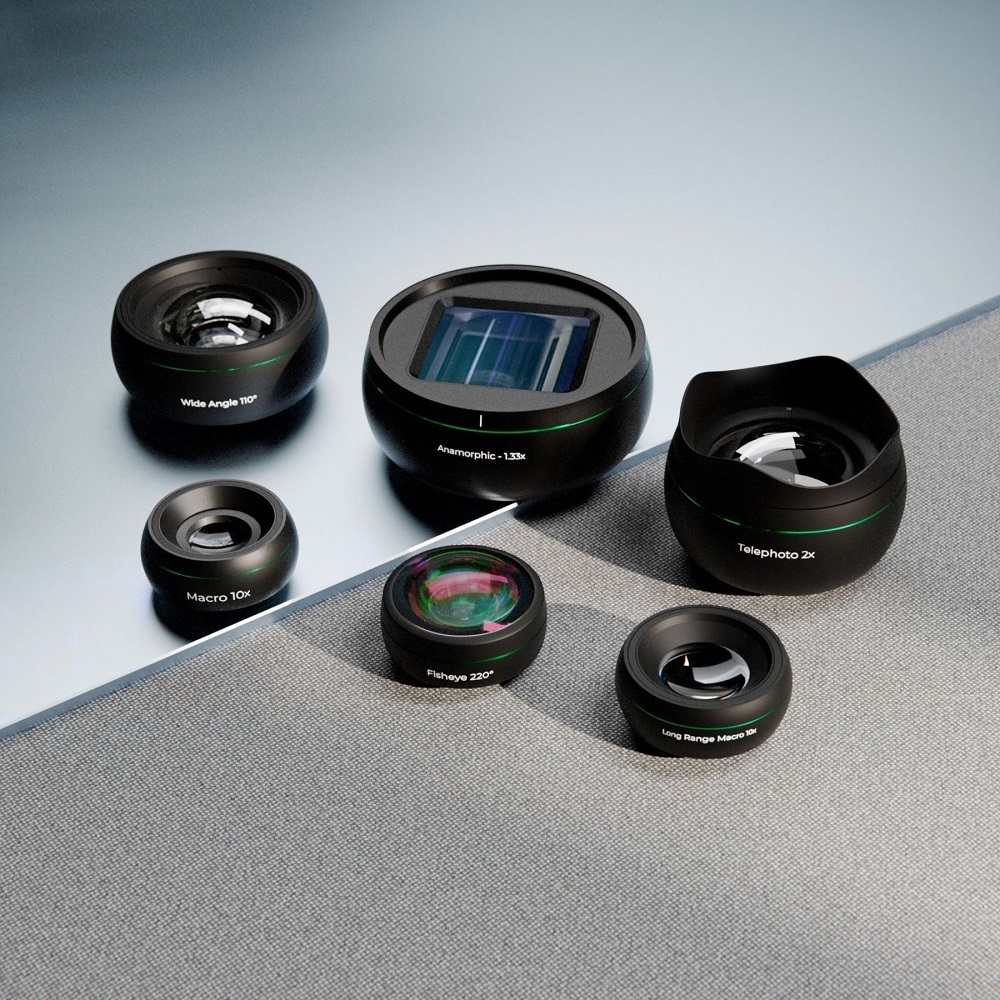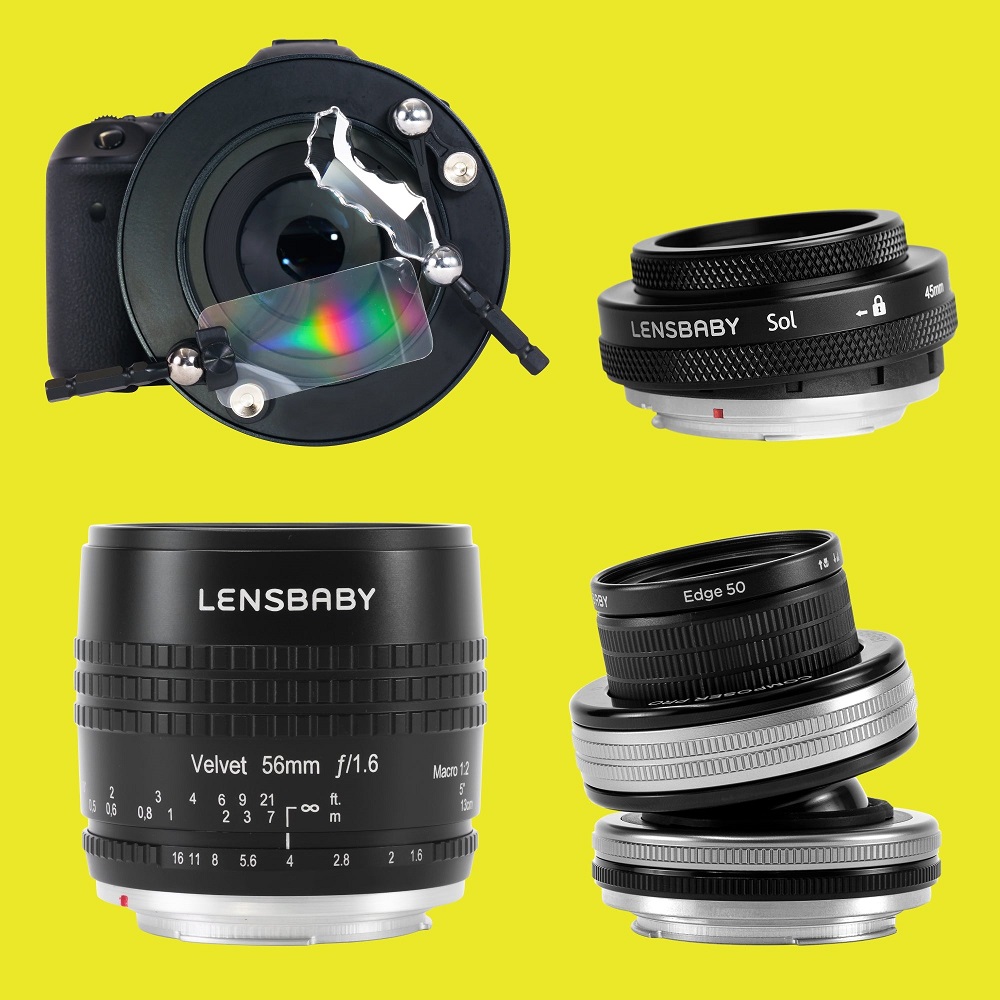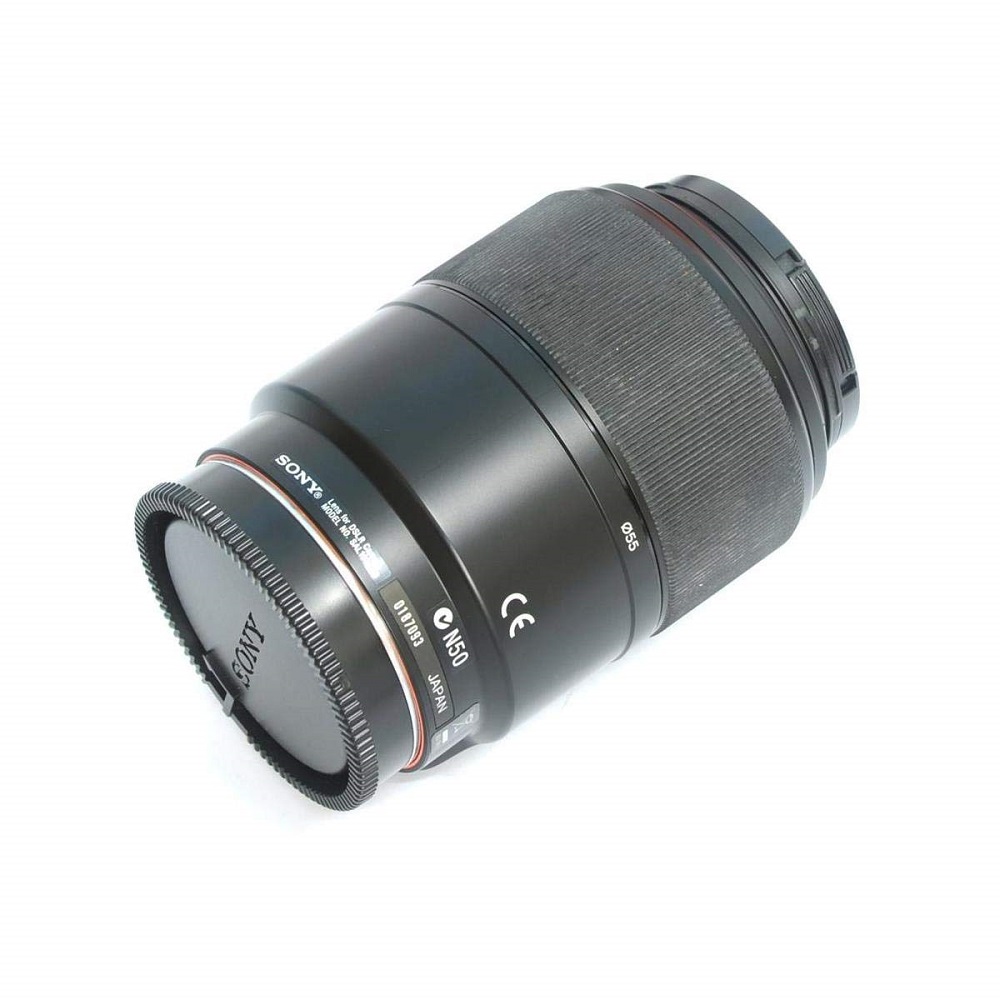Selecting the right camera lens can make a significant difference in your photography. Understanding the various types of lenses and their features will help you make informed decisions, whether you’re a beginner or a seasoned photographer. This comprehensive guide covers the main types of camera lenses, their characteristics, and tips for choosing the right one to match your photography style and needs.
The Basics of Camera Lenses
What Is a Camera Lens?
A camera lens is a complex optical device that focuses light onto a camera sensor or film. The lens determines how your image will appear, including factors like sharpness, depth of field, and perspective. Lenses come in different shapes, sizes, and designs, each offering various capabilities to enhance your photographic experience.
Understanding Focal Length and Aperture
Two key specifications to consider when learning about camera lenses are focal length and aperture. Focal length, measured in millimeters (mm), indicates how much zoom a lens provides. Shorter focal lengths (like 18mm) capture wider scenes, while longer focal lengths (like 200mm) zoom in on distant subjects.
Aperture, represented by f-stops (like f/2.8 or f/8), controls the amount of light entering the lens. Wider apertures (lower f-stop numbers) allow more light, producing a shallow depth of field and beautiful background blur. In contrast, smaller apertures (higher f-stop numbers) provide greater depth of field, keeping more of the scene in focus.
Understanding these basic principles will help you make better choices when selecting a lens suitable for your photography style.

Types of Camera Lenses
Wide-Angle Lenses
Wide-angle lenses have focal lengths typically ranging from 14mm to 35mm. They are ideal for capturing expansive landscapes, architectural interiors, and group shots. These lenses allow photographers to capture more of the scene in a single frame, which is helpful in tight spaces. The benefit of this is that you can create a sense of depth and space in your images.
When using wide-angle lenses, be mindful of distortion. Distortion can make straight lines curve, especially near the edges of the frame. This effect can work creatively in your favor or detract from the image’s quality, depending on your intent. Wide-angle lenses are fantastic for storytelling, as they allow you to include more context in a shot.
Standard Lenses
Standard lenses, often referred to as “normal lenses,” typically have a focal length of around 35mm to 50mm. They closely mimic the perspective of the human eye, making them versatile for various photography styles. These lenses strike a balance between wide and telephoto options, allowing them to serve well for portraits, street photography, and everyday shooting.
A popular choice among photographers is the 50mm f/1.8 lens, often called the “nifty fifty.” It’s affordable, lightweight, and produces stunning images with a pleasing bokeh. Standard lenses help create a natural-looking representation of your subjects, conveying emotions and stories effectively.
Telephoto Lenses
Telephoto lenses include focal lengths from 70mm and can extend to over 300mm. These lenses are perfect for capturing distant subjects, such as wildlife, sports, and portraits. The compression effect they produce helps isolate the subject from the background, creating a pleasing and sharp image.
When using telephoto lenses, you’ll often benefit from image stabilization features to counteract camera shake. This feature becomes increasingly critical as you zoom in on your subjects, especially during handheld shooting. Investing in a quality telephoto lens opens up opportunities for capturing intimate moments from a distance, enhancing your storytelling capabilities.
Macro Lenses
Macro lenses are specifically designed for extreme close-up photography. They allow you to capture intricate details of small subjects such as flowers, insects, and textures. A macro lens typically provides a 1:1 magnification ratio, meaning the subject will appear life-size on your camera sensor.
These lenses often have a focal length ranging from 50mm to 200mm. When using a macro lens, focusing can be challenging due to the shallow depth of field. However, the results can be breathtaking, revealing vibrant colors and fine details that may go unnoticed with the naked eye. They’re perfect for creative individuals seeking to explore the beauty of the small world around them.

Specialty Lenses
Specialty lenses encompass a range of unique designs tailored for specific photographic needs. Examples include fisheye lenses, tilt-shift lenses, and soft-focus lenses.
- Fisheye Lenses: These ultra-wide-angle lenses create a distinctive, distorted perspective, making them fantastic for creative photography and unique landscapes. With extreme field-of-view capabilities, they can produce captivating abstract images.
- Tilt-Shift Lenses: Commonly used in architectural photography, tilt-shift lenses allow photographers to control perspective and depth of field. These lenses can correct lens distortion while keeping lines straight and accurate.
- Soft-Focus Lenses: Ideal for portrait photographers, soft-focus lenses create dreamy, ethereal images by intentionally blurring details. This effect can lend a pleasing quality to portraits, emphasizing softness and beauty.
Zoom Lenses
Zoom lenses cover a range of focal lengths in a single lens, making them incredibly versatile. Instead of carrying multiple prime lenses, zoom lenses allow you to switch between different focal lengths effortlessly. Popular zoom lenses often combine standard and telephoto ranges, such as 24-70mm or 70-200mm.
While zoom lenses are versatile, they may sacrifice some image quality compared to prime lenses. Nevertheless, modern advancements have improved their performance significantly, making them an excellent choice for photographers who value convenience without sacrificing quality.
Key Features of Camera Lenses
Optical Quality and Coatings
Optical quality is crucial for producing sharp, vivid images. High-quality lenses use superior glass and precision manufacturing techniques to minimize optical imperfections. Additionally, many lenses feature special coatings that reduce lens flare, improve contrast, and minimize ghosting.
When selecting a lens, look for terms such as “multi-coated” or “superior optical design” to ensure higher quality images. These features enhance your photography experience, especially in complex lighting conditions.
Autofocus Systems
Autofocus (AF) systems are vital for achieving accurate focus on your subjects. Different lenses employ various types of AF systems, including ultrasonic motors (USM), stepping motors (STM), and linear motors.
- Ultrasonic Motors (USM): Found in many high-end lenses, USM systems provide fast, quiet, and precise focusing, making them suitable for both photography and videography.
- Stepping Motors (STM): Typically used in entry-level lenses, STM systems offer smooth and silent focusing, ideal for shooting videos without unwanted noise or distractions.
Investing in lenses with advanced autofocus systems can significantly improve your workflow and ensure your subjects remain sharp and in focus.

Build Quality and Weather Sealing
Consider the build quality of a lens, especially if you plan to shoot in various environments. Lenses made from durable materials are more resistant to wear and tear. Many high-end lenses incorporate weather sealing, which helps protect against dust and moisture ingress.
A lens with excellent build quality allows you to shoot confidently in challenging conditions without worrying about damaging your equipment. This feature is invaluable for outdoor photographers who often face unpredictable weather.
Choosing the Right Lens for Your Photography
Assessing Your Needs
Before investing in a lens, take some time to evaluate your photography goals. Are you a landscape photographer looking for wide-angle capabilities? Or are you a portrait artist seeking beautiful bokeh and sharp detail? Identifying the primary subjects and environments you’ll be shooting will guide you toward the best lens options.
Consider also whether you want versatility in a zoom lens or the superior optics of a prime lens. Each option comes with its pros and cons, so think carefully about how often you’ll change lenses and the scenarios you’ll find yourself in.
Understanding Compatibility
Before purchasing a new lens, ensure it’s compatible with your camera body. Different camera manufacturers have specific lens mounts, and using a lens designed for your camera brand is important for successful operation.
If you’re considering third-party lenses from brands like Sigma or Tamron, check for compatibility details to avoid any frustrations later on. Additionally, some lenses may only work with certain camera models, especially in the case of older camera bodies.

Budgeting for Camera Lenses
Setting a Realistic Budget
Camera lenses range dramatically in price based on features, quality, and brand reputation. Setting a realistic budget will help you find a lens that balances quality and affordability.
While entry-level lenses can be quite budget-friendly, investing in high-quality lenses can enhance your photography in the long run. Look for lenses that offer the best value, taking the time to compare options and read reviews.
Considering Used or Refurbished Lenses
Exploring the used market can be an excellent way to find high-quality lenses at a fraction of the new price. Many photographers sell gear they no longer use, and you can often find well-cared-for lenses with minimal wear.
When purchasing used lenses, inspect them thoroughly for scratches or internal dust. Look for reputable sellers with return policies, ensuring you have recourse if the lens doesn’t meet your expectations.
Maintaining Your Camera Lenses
Regular Cleaning
Keeping your lens clean is essential for maintaining image quality. Dust, fingerprints, and smudges can impact your photos negatively. Use a lens cleaning solution and a microfiber cloth to gently clean the front and rear elements.
Ensure you use appropriate cleaning tools designed for camera equipment. Avoid using regular household cleaners or abrasive materials, as they can damage the lens coatings.
Proper Storage
When not in use, store your lenses properly to protect them from dust and environmental elements. Consider investing in padded lens cases or bags to prevent damage during transport. Keep your gear in a cool, dry place, away from direct sunlight, and use silica gel packs to absorb excess moisture.
Proper care and storage prolong the life of your camera lenses, ensuring that your investment pays off for years to come.

Enhancing Your Photography with Lenses
Experimenting with Different Lenses
Don’t hesitate to experiment with various lenses to expand your creative horizons. Trying out different lenses can lead to discovering unique perspectives, compositions, and lighting techniques. For example, using a wide-angle lens for portraits can create dramatic effects that convey emotion and context.
Joining Photography Communities
Being part of photography communities can provide inspiration and valuable insights into lens choices. Engage with other photographers to share experiences, tips, and workflows. You might discover new ideas, techniques, or resources that enhance your photography journey.
Conclusion
Understanding the different types of camera lenses and their features is essential for any photographer looking to enhance their skills. Whether you choose wide-angle, standard, telephoto, macro, or specialty lenses, each option serves a unique purpose in capturing stunning images.
After evaluating your needs and budget, you can confidently invest in a lens that aligns with your photographic vision. Taking care of your lenses will prolong their lifespan and ensure you consistently achieve sharp, vibrant images. Embrace the diversity of lenses available and experiment to unlock your creative potential in photography. Happy shooting!


